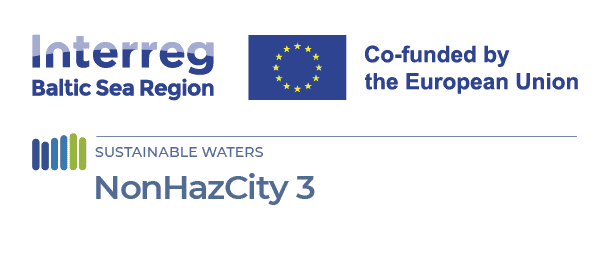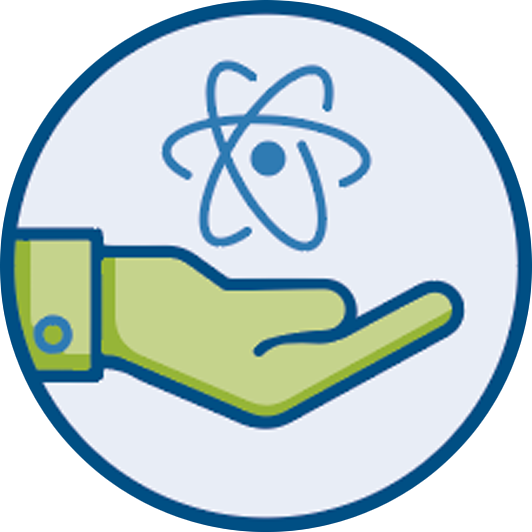
NonHazCity Wraps Up Pilots, Advances Climate-Friendly Construction
04 August 2025
August 2025 — The NonHazCity3 (NHC3) project has officially concluded its pilot phase, completing a major milestone in the effort to reduce hazardous substances in buildings and construction across the Baltic Sea Region. Over the course of Period 5, the project consortium finalized 7 pilot initiatives, covering 49 cases in 9 cities across 8 countries. These initiatives now form the foundation of a practical and strategic approach to sustainable urban construction.
A Baltic-Wide Effort
From Helsinki to Riga, Stockholm to Tallinn, partner cities tested and evaluated the NonHazCity strategic solutions for safer, circular, and climate-friendly building. The pilots covered a range of innovations: from proactive market dialogues with construction stakeholders, to testing eco-certified building materials, and applying the “Three-Pillar Framework” in procurement and design.
The pilots were systematically evaluated using a unified methodology. Lessons learned were integrated into the final outputs, shaping a practical set of tools now available to municipalities, SMEs, and business support organisations.
Key Publications Now Available
To support replication and inspire action, NonHazCity published five essential resources, all now available on the project website.
- Strategic Solution for Managing Hazardous Substances
This flagship output introduces a three-step management process:
- Needs investigation
- Vision and ambition setting
- Market analysis and dialogue
It explores how municipalities can embed greener procurement, utilize green certificates, and drive transformation through market dialogue.
📖 Download PDF
- Guide for Design & Construction of Tox-Free Municipal Buildings
This practical handbook draws from real-world cases to guide municipalities toward the Three-Pillar Approach: tox-free, circular, and climate-friendly building practices.
📖 Download PDF
3 & 4. Technical Report and Renovation Stories
The technical report covers the DIY renovation pilot methodology and user feedback, while the companion storybook presents 11 engaging real-life renovation experiences.
- Best Practices Handbook
A practical summary of solutions and tested strategies to guide cities in applying the NHC3 principles.
Capacity Building & Campaigns in Full Swing
NonHazCity’s mission extends beyond the pilot sites. The team ran 89 workshops and training sessions, reaching over 500 trainees across all partner countries. Meanwhile, a targeted social media awareness campaign tackled sustainable material myths, promoted safe renovation practices, and reached new audiences via TikTok.
Campaign highlights:
- “Toxic renovation = toxic sea”
- “Choose flooring that cares”
- “Give old furniture a new life”
Final Conference, Awards & EU Engagement
- The NonHazCity Building Policies Award will be presented at the Final Conference in Vilnius, November 2025, during the Green Governance Day (GGD), where NHC3 will co-host discussions on green procurement.
- A major policy dialogue was held in Vienna, engaging European environmental agency leaders on minimizing hazardous substances.
- NonHazCity will also take an active role in the HAZGONE platform, advocating upstream prevention of chemical emissions.
Pilots in Detail: Key Lessons by City
The three strategic pilot categories focused on:
- Procurement processes
- Use of green building standards
- Design incorporating tox-free and circular principles
Highlights include:
- Helsinki’s proactive market dialogue with industry
- Tallinn’s findings on eco-certification complexity
- Stockholm and Västerås refining climate-neutral procurement practices
- Riga’s focus on circularity through reuse and energy efficiency
What’s Next?
Though the pilot phase has closed, the momentum continues. Municipalities are institutionalizing successful practices, and NonHazCity’s strategic solutions are being integrated into long-term city planning frameworks.
Key Downloads:





